Benefits of Woven and Nonwoven Geotextiles
Benefits of Woven and Nonwoven Geotextiles
Tel: +86-411-39569550 | E-mail: info@geofantex.com/geofantex@gmail.com
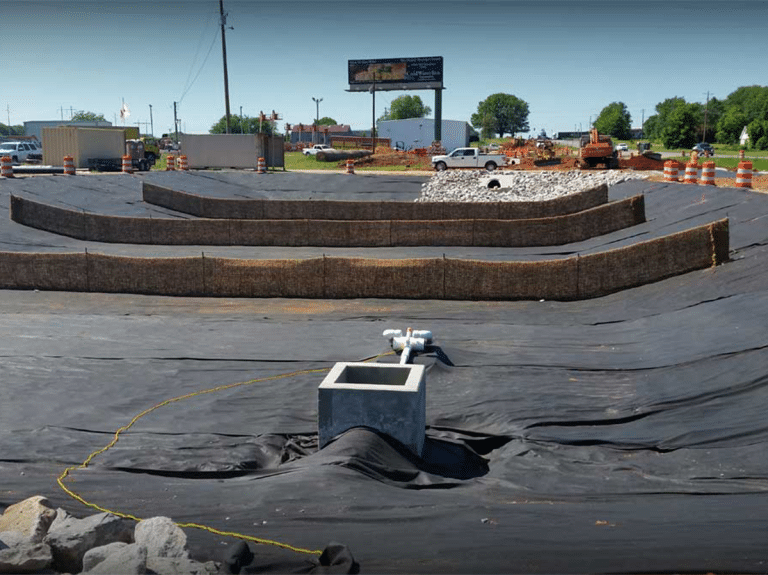
Benefits of Woven and Nonwoven Geotextiles
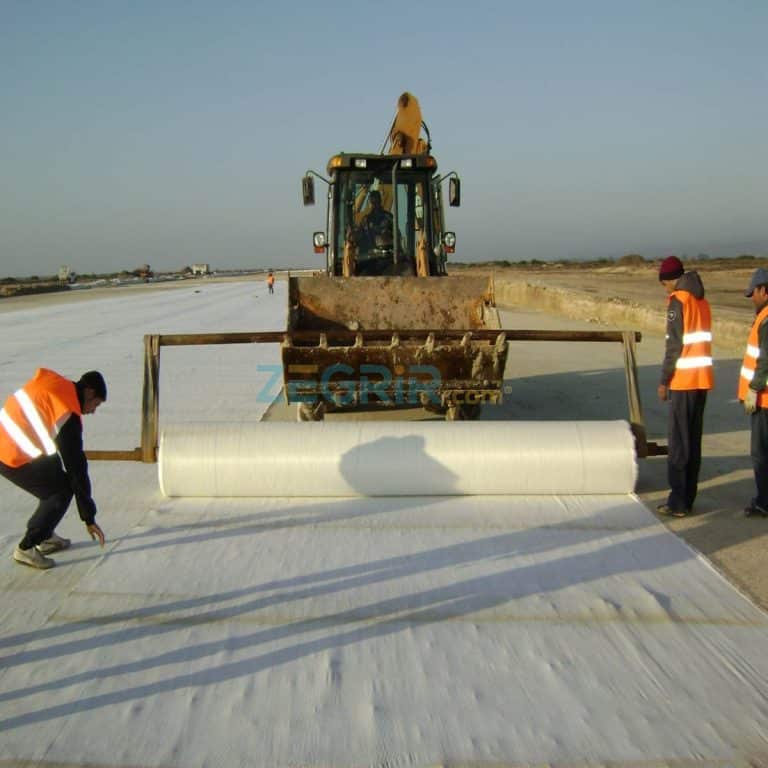
Woven geotextiles are a time-tested and cost-effective solution for a variety of applications including: stabilization of construction entrances and staging areas; bridging over soft soils; separating dissimilar soils; reinforced soil structures, shoreline erosion control; and bulkheads.
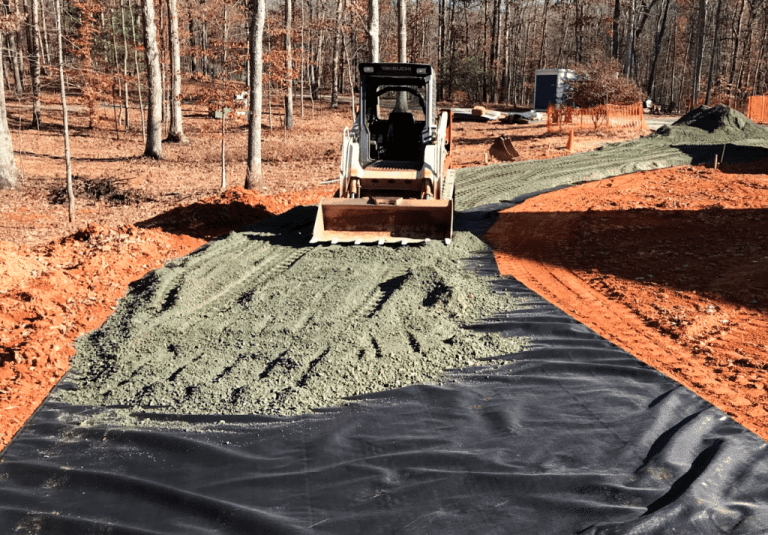
Essentially, woven geotextile is made by weaving individual yarns on a loom to create a uniform length. Different materials such as slit films, fibrillated yarn, and monofilaments can be used, but the weaving technique is constant regardless of the material used.
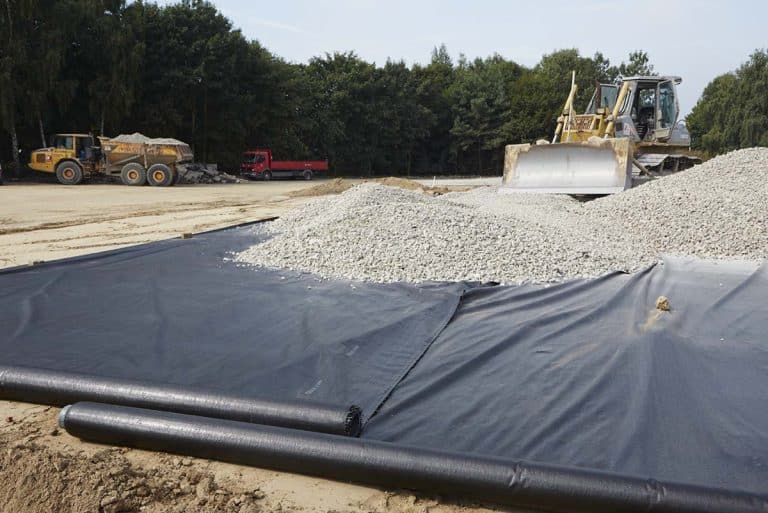
Over the years we’ve worked with hundreds if not thousands of home owners and contractors about proper french drain installation and what type of fabric material is best to use. Many of the calls are from frustrated folks needing to replace failed drainage systems. we’ve gathered together a list of the most common French Drain Mistakes, so you can avoid these common pitfalls.
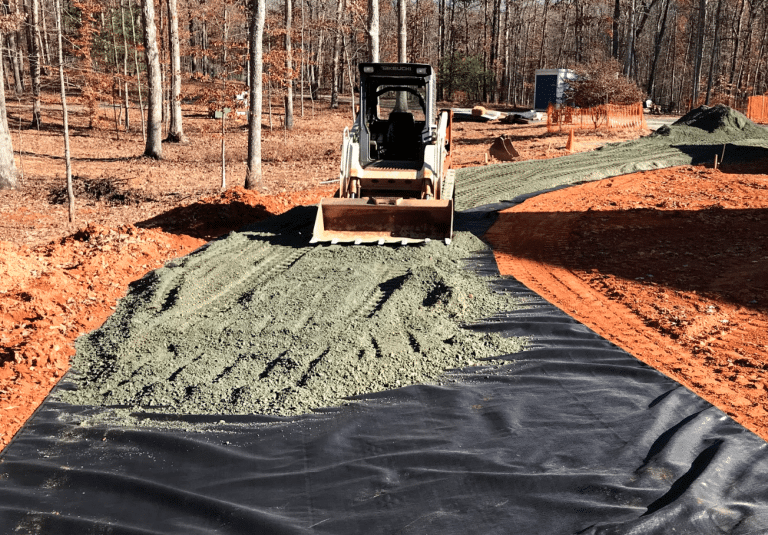
Heavy-duty woven driveway fabric (also referred to as driveway matting) helps a gravel driveway resist ruts and potholes while significantly increasing time between resurfacing. For a very long lasting gravel driveway install our fabric with Ground Grid which greatly reduces gravel migration. When placed underneath asphalt or concrete driveway, the fabric helps to reduce cracking which extends the life of the driveway. Our selection of driveway fabric meets most DOT specs.
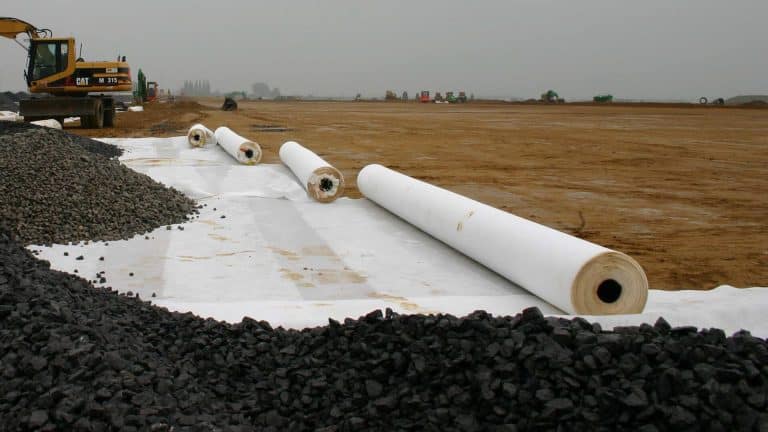
Geotextiles are permeable fabrics consisting mainly of materials such as polypropylene and polyester. Depending on their manufacturing method, they may be woven or non woven, based upon the type of application they are intended for. Woven and non woven fabrics have different production methods. While non woven geotextile fabrics comprise fibres, filaments or other elements that are joined together randomly, in the case of woven fabrics, these yarns, fibres or filaments are intertwined. In this new post, we will focus on the features of applications of woven geotextile fabrics.

Geotextiles are synthetic permeable textile materials that are used for improving soil characteristics. They can separate, filter, reinforce, protect, and drain when used in the soil.
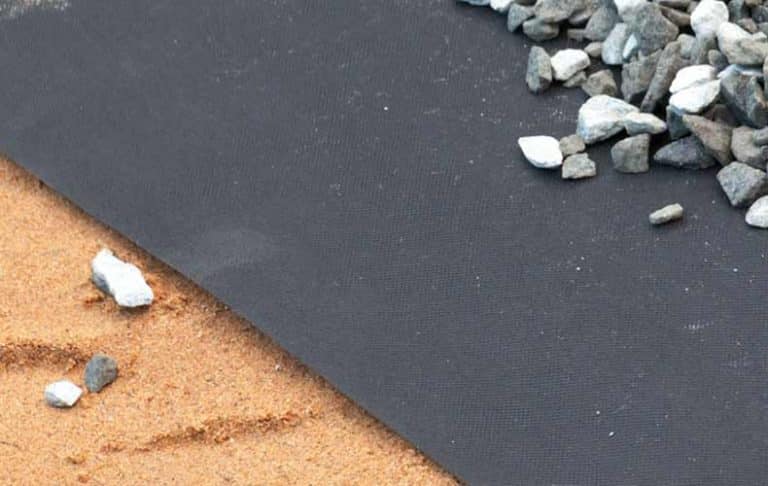
Geotextile membranes are pieces of fabric that are inserted into the ground as a form of protective membrane. They have a number of different functions and applications, depending on the circumstance of use, but are commonly used in drainage and engineering projects. Geotextile membranes are also known as geotextiles, or Terram – a brand that specialises in geotextiles and geocells.

This article will cover the following topics about Geotextile Fabrics and their use so you can be sure you’re selecting the right fabric for your application.
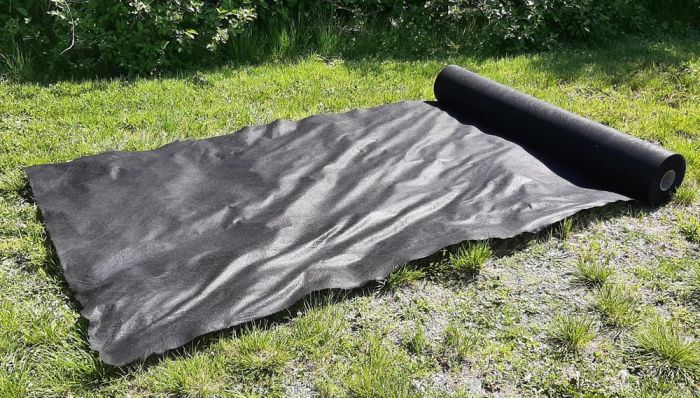
We carry a great variety of sizes to meet most of your project needs Weight matters! You want to use the right weight. The heavier this stuff is the better for most projects. Most needle-punch filter-fabric comes in 2 oz, 4 oz, 6 oz, and 8 oz thicknesses. If you want to do your project right the first time, the 6 or 8 oz is what you need!
End of content
End of content
WhatsApp us